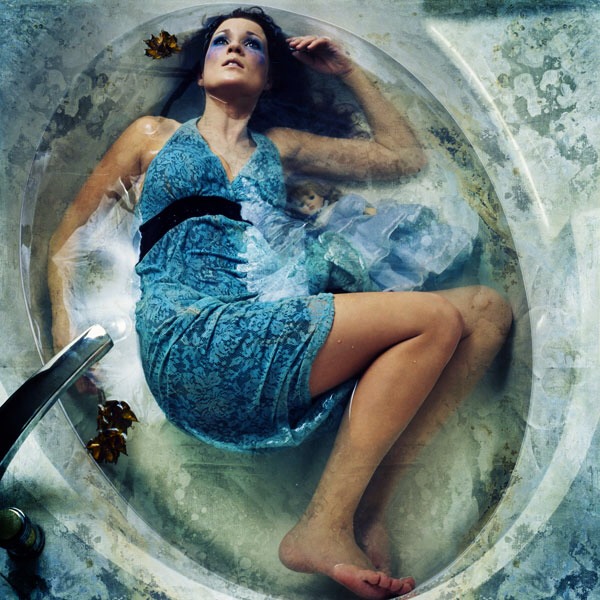Greed
What is it?Greed is the desire for your own material wealth or gain, ignoring the needs of others, and your own 'spiritual development. Shoutout to whoever raised the prices of freddo's from 10p to 20p, your going to hell.
What will happen to you in hell?
You shall be boiled alive in oil, on the bright side it can be the most luxurious and fancy oil money can buy, but you'll still be boiling.
Symbols associated to it?
Greed is often linked to the frog and the colour yellow.
What is it?
The inordinate cravings for the pleasures of the body. To put it nicely.
What will happen to you in in hell?
You shall be smothered in brimstone and hells fire, not kisses unfortunately.
Symbols associated to it?
A cow and the colour blue.
Envy
What is it?The overwhelming desire to have someone else's traits, looks, possessions, life basically. Due to the existence of Victoria's Secret models and Beyoncé I think I've earned a secure place in hell due to this one.
What will happen to you in hell?
You'll be frozen in ice water.
Symbols associated with it?
A dog and the colour green.
Gluttony
What is it?
The desire to costume more than which one requires.What will happen to you in hell?
You'll be fed infinite rats, toads and snakes. Hey on the bright side you won't go hungry?
Symbols associated with it?
Pigs (surprise, surprise) and the colour orange.
Wrath
What is it?The act of forceful and often vindictive manifestations of anger. Maybe you wouldn't be angry all the
time if the people around you weren't so god damn irritating.
What will happen to you in hell?
You'll be dismembered alive.
Symbols associated to it?
A bear and the colour red.
Sloth
What is it?The avoidance of physical and spiritual work to instead stay in that oh-so-appealing bed of yours.
What will happen to you in hell?
You'll be thrown into a pit of snakes.
Symbols associated to it?
A goat and the colour light blue.
Pride
What is it?Pride is excessive belief in one's own abilities, that interferes with individual recognition of the 'grace of god'. Buy hey, you can't help that your so god damn fabulous can you?
What will happen to you in hell?
You'll be broken on the wheel.
Symbol associated with it?
A horse and the colour violet.





